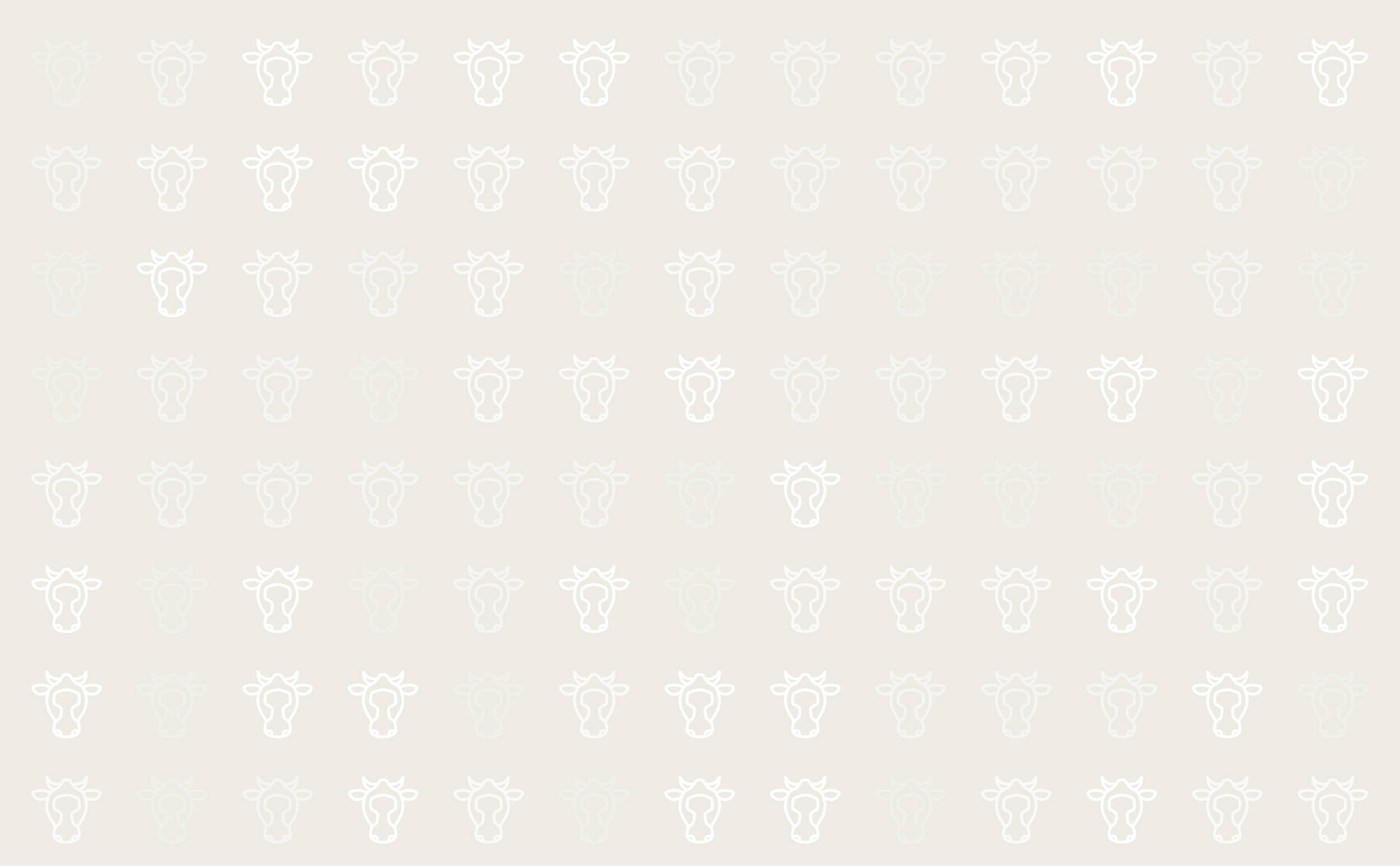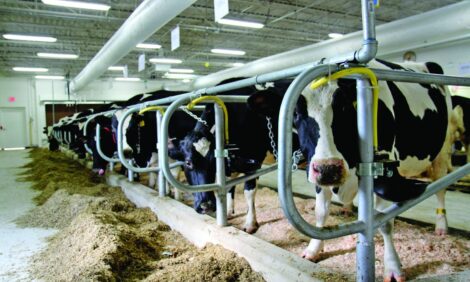



Venezuela – Livestock and Products Annual 2011
SNIPPET, according to Clara Nuñez in the latest GAIN Report from the USDA Foreign Agricultural Service.Report Highlights
For 2011, the Venezuelan cattle herd is estimated at 12.7 million head. The slaughter rate is estimated to fall in 2011 due to large imports of meat mostly from Brazil and Nicaragua which crowd out domestic product. Unfavorable market conditions, low investment, output price controls and land expropriations will continue to depress the market in 2012. Brazil is Venezuela's major trading partner for live cattle and beef, followed by Nicaragua. Government controlled prices for meat were raised 30 percent last June but continue to be too low to be an incentive for increased production.
Executive Summary
An analysis of the Venezuelan livestock sector is difficult because there is an absence of official data. The
estimated figures presented in the PS&D tables are based on industry sources. Venezuelan livestock production has slowed in recent years due to public policies (such as price controls and import substitution), that have created an imbalance between supply and demand. The development of production has not kept up with the population growth, leaving behind the self-sufficiency in the meat sector. The gaps are currently being offset by imports.
Estimates of production, consumption and imports of beef and live animals for 2012 are difficult to predict due to the political environment against the private property supported by the Bolivarian Government and its Land Law which favors expropriations of productive farms. Last year 47 farms were expropriated by the National Lands Institute (INTI) in South of Zulia Lake and some others were taken in Merida and Barinas states, a region predominantly for cattle breeding. The domestic production of meat and milk is being negatively affected by these types of seizures.
Meat prices set and controlled by the Government have created market distortions because of greatly lowered or eliminated profits. Butchers and wholesalers are facing shortages and lack of raw materials. Cattle ranchers are suffering because government policies have kept prices unchanged (since 2008) while inflation continues to increase by double digits. Recent price increases of up to 30 percent still may not be enough to encourage production.
Meat imports have grown in the last years. Imports of live animals and bovine meat mostly come from Brazil and Nicaragua. Other suppliers of meat are Argentina, Uruguay, Paraguay and Chile. Cattle ranchers are concerned that 60 percent of meat consumed in Venezuela is imported while the local production continues to lose ground.
Commodities: Animal Numbers, Cattle Meat, Beef and Veal
Production
The domestic cattle herd inventory is uncertain—no official data exists—but the Venezuelan Cattle Federation (Fedenaga) is currently estimating the herd at 12.7 million head, down from 13.5 million in 1998. Despite the increasing demand, ranchers are raising fewer cattle. Personal and legal insecurity join the difficult economic conditions (high input cost inflation and Government controlled meat prices) to constrain investment, depress potential growth and restrict recovery in the industry. Cattle rancher activity is impaired and covers only 49 percent of domestic production; those figures have been certified by the National Statistics Institute (INE), who indicates that meat consumption has declined in the country, according to their 2010 Annual Statistic report published on January 2011. While this is denied outright by the Ministers of Agriculture and Land, Food and Bolivarian associations, in several press statements, when they affirm that 70 percent of the meat consumed in the country is domestically produced.
The Venezuelan Meat Council (Convecar) says overall production of the sector has trended downward in recent years. Venezuela used to be self-sufficient in meat production but is now extremely dependent on imports. Meat production is expected to decrease from 348,000 tons in 2010 to 335,000 tons in 2011, due to the lack of economic incentives and decline of the domestic herd and forecasted to be steady in 2012 however could slightly increase if Government promised credits to cattle ranchers in 2012 materialized.
Consumption
According to a report from the INE per capita bovine meat consumption in the second half of 2010 was 17.7 kg per capita per year however officers from the Ministry of Food and Agriculture and Lands insist that consumption was near 25 kg per capita. According to the Cattle Federation, Venezuela went from being a self- sufficient country in the supply of meat in 2003 to import almost 52 percent of the product for the consumption since 2009 to the present. Total demand of meat in 2011 is estimated at 528,000 tons and forecast to be steady in 2012.
Trade
Although domestic slaughter has increase during the first half of 2011 because of the rainy season the
deficiency of the local flock to meet the demand for meat in the market is palpable. As previously said, half of the consumption of beef in Venezuela is supplied by imports, about 300,000 tons monthly, of which 150,000 tons are from live animals.
But this year foreign purchases have been affected by two fundamental reasons: a) the disparity between the official exchange rate and regulated prices; and b) delays in reimbursement codes. The importers have had to reduce purchases of beef to Brazil because they have no cash flow, and this is currently affecting the supply on local the market. Importers explain that without reimbursement codes, which are a certification fee, international suppliers, do not ship and the companies are unable to assume the financial risk of such imports.
Importers believe that to stabilize meat supply in the domestic market, the Government should consider again the benefits of trade with Colombia due to the proximity of this market and prices. Brazil continues being the main supplier of live cattle to Venezuela followed by Nicaragua. Meat imports during 2010 and the first quarter of 2011 came from Brazil, Nicaragua, Argentina, Uruguay, Paraguay and Chile.
Policy
Controlled PricesAfter almost three years without change, The Venezuelan Government raised the controlled meat prices by nearly 30 percent in June 2011. But the private sector does not feel representatives feel that the price increase was not enough for them to cover the far-greater increase in costs. According to the new price increase a kilogram of prime beef or Grade 1 costs now Bs 22.74 and a kilogram of low quality or Grade 3 beef cost now Bs 13.12. With respect to producer prices, live cattle will be valued at Bs 7.10 per kilogram, a kilogram of carcass will cost Bs 13.67, and a kilogram of carcass meat paid to wholesaler will have a value of Bs 14.36.
December 2011Further Reading
| - | You can view the full report by clicking here. |


